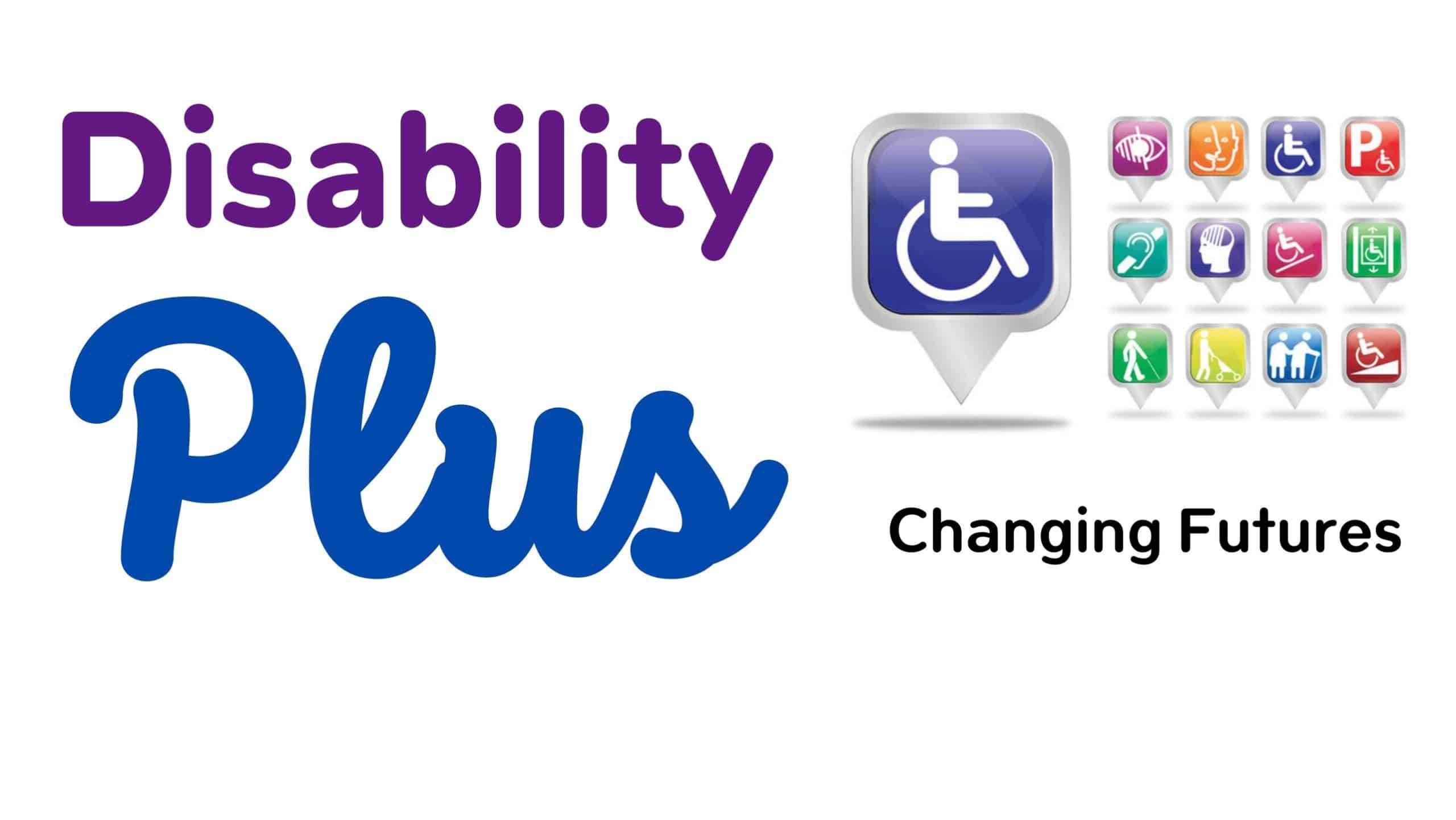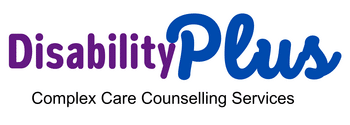The Stages of Motor Neurons Disease
“Motor neuron disease” refers to a group of diseases that cause the motor nerves in the spine and brain to lose function over time. They are a rare but severe form of neurodegenerative disease.
Motor neurons instruct the muscles to move by passing on signals from the brain. They play a role in both conscious and automatic movements, such as swallowing and breathing.
Experts believe that around 10% of MNDs are hereditary. The other 90% develop randomly.
The exact causes are unclear, but the
Motor neurons are nerve cells that send electrical output signals to the muscles, affecting the muscles’ ability to function.
Motor neuron disease (MND) can appear at any age, but the symptoms usually appear after the age of 50
“Motor neuron disease” refers to a group of diseases that cause the motor nerves in the spine and brain to lose function over time. They are a rare but severe form of neurodegenerative disease.
Motor neurons instruct the muscles to move by passing on signals from the brain. They play a role in both conscious and automatic movements, such as swallowing and breathing.
Experts believe that around 10% of MNDs are hereditary. The other 90% develop randomly.
The exact causes are unclear, but the
Motor neurons are nerve cells that send electrical output signals to the muscles, affecting the muscles’ ability to function.
Motor neuron disease (MND) can appear at any age, but the symptoms usually appear after the age of 50

ALS: This is the most common type of MND. It affects both the upper and lower motor neurons — the neurons in the brain and spinal cord — which then affects the muscles of the arms, legs, mouth, and respiratory system. On average, people with ALS live for 3–5 years after receiving the diagnosis, but with supportive care, some people live for 10 years or longer.
Primary lateral sclerosis: This affects the neurons in the brain. It is a rare form of MND that advances more slowly than ALS. It is not fatal, but it can affect the quality of life. Juvenile primary lateral sclerosis occurs in children.
Progressive bulbar palsy (PBP): This involves the brain stem, and people with ALS often have PBP, too. It causes frequent choking spells and difficulty speaking, eating, and swallowing.
Progressive muscular atrophy: This type of MND is rare. It affects the lower motor neurons in the spinal cord and causes slow but progressive muscle wasting, especially in the arms, legs, and mouth.
Spinal muscular atrophy (SMA): This inherited MND develops in children. There are three types, all caused by a genetic change known as SMA1. It tends to affect the trunk, legs, and arms. The long-term outlook depends on the type.
Progressive muscular atrophy: This type of MND is rare. It affects the lower motor neurons in the spinal cord and causes slow but progressive muscle wasting, especially in the arms, legs, and mouth.
Stages of MND
Early-stage signs and symptoms
In the early stage of MND, symptoms develop slowly and can resemble those of other health conditions. The specific symptoms depend on the type of MND and the area of the body it affects.
Typical symptoms begin in one of the following areas:
- the arms and legs
- the mouth
- the respiratory system
Can include:
- a weakening grip, which makes it hard to pick up and hold things
- fatigue
- muscle pains, cramps, and twitches
- slurred speech
- weakness in the arms and legs
- clumsiness and stumbling
- difficulty swallowing
- trouble breathing or shortness of breath
- inappropriate emotional responses, such as laughing or crying
- weight loss, as muscles lose their mass
Early-stage signs and symptoms
In the early stage of MND, symptoms develop slowly and can resemble those of other health conditions. The specific symptoms depend on the type of MND and the area of the body it affects.
Typical symptoms begin in one of the following areas:
- the arms and legs
- the mouth
- the respiratory system
Can include:
- a weakening grip, which makes it hard to pick up and hold things
- fatigue
- muscle pains, cramps, and twitches
- slurred speech
- weakness in the arms and legs
- clumsiness and stumbling
- difficulty swallowing
- trouble breathing or shortness of breath
- inappropriate emotional responses, such as laughing or crying
- weight loss, as muscles lose their mass
Middle-stage signs and symptoms
As the condition progresses, the early symptoms become more severe. People may also experience:
- muscle shrinkage
- difficulty moving
- joint pain
- drooling, due to problems with swallowing
- uncontrollable yawning, which can lead to jaw pain
- changes in personality and emotional states
- difficulty breathing
A 2017 study suggests that up to
Advanced stage signs and symptoms
Eventually, a person with advanced ALS needs help moving, eating, breathing, or a combination of these. The disease can become life-threatening, and breathing problems are the most common cause of death.
